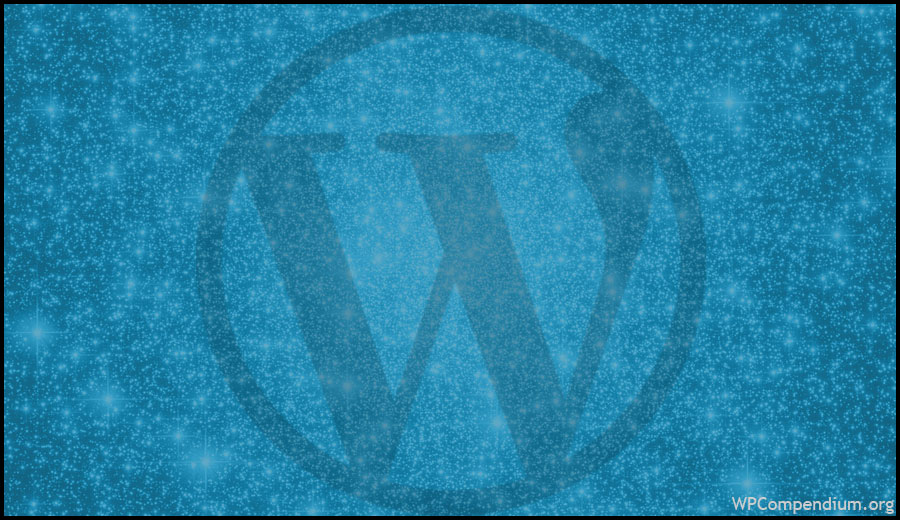How To Optimize WordPress
As time progresses and more plugins and content get added to your WordPress site, you may find your site’s performance becoming a little “sluggish.” Optimizing your WordPress site and database can help improve your site’s performance, make pages load faster on web browsers, etc.
This section provides tutorials on ways to optimize your WordPress site.
Why Is WordPress Optimization Important?
Optimizing your WordPress site is important for several reasons:
- Improved User Experience: A fast-loading site keeps visitors engaged and reduces bounce rates. When pages load quickly, users are more likely to stay, browse, and interact with your content.
- Better SEO Rankings: Search engines like Google prioritize fast and well-optimized websites in search results. Optimization efforts such as speed enhancements and mobile responsiveness directly influence your site’s SEO, making it more discoverable.
- Higher Conversion Rates: Speed is critical for conversion. Even a one-second delay in page load time can lead to significant drops in conversions, affecting sales, sign-ups, and other critical business metrics.
- Resource Efficiency: Optimizing your site reduces the strain on server resources, allowing your site to handle more traffic without slowing down or crashing. This is particularly important during traffic spikes.
- Lower Bounce Rates: A slow site can frustrate users, causing them to leave before the page loads. Optimization minimizes this risk, keeping users engaged and reducing bounce rates.
Importance Of Keeping Your WordPress Site Optimized
Keeping your WordPress site continually optimized is important for the following reasons:
- Enhanced Security: Regular optimization ensures that all components of your WordPress site, including themes, plugins, and the core, are up to date. This helps patch security vulnerabilities that hackers could exploit.
- Improved Performance: An optimized site loads faster, providing a better user experience. This can reduce bounce rates and improve conversion rates, contributing to overall business success.
- SEO Benefits: Search engines prioritize faster, well-maintained sites. Regular optimization keeps your site competitive in search engine rankings, helping to attract more organic traffic.
- Preventing Downtime: By keeping your site optimized, you reduce the risk of crashes and downtime caused by outdated or conflicting components, ensuring a smooth user experience.
- User Experience: A well-optimized site is easier to navigate and more visually appealing, which can boost customer satisfaction and encourage repeat visits.
Does Your WordPress Site Require Optimization?
Here are some of the reasons why it may be time to optimize your WordPress site:
- Traffic Spikes: You may be expecting or experiencing a major increase in traffic to your site due to new marketing or advertising campaigns, online media exposure, etc.
- Slow Page Loading Times: If your website is taking more than 2-3 seconds to load, it’s a clear sign that optimization is needed. Slow sites can frustrate users and lead to higher bounce rates. This is a strong indicator that your site needs performance optimization, such as caching, image compression, or code minification.
- High Bounce Rate: A high bounce rate can signal that visitors are leaving your site without interacting or navigating to other pages. This could be due to performance issues like slow load times, poor user experience, irrelevant content, or lack of mobile optimization, all of which may require optimization.
- Low Search Engine Rankings: If your site isn’t ranking well on search engines despite having good content, it could be due to poor SEO practices. This is a sign that you may need to optimize your content, metadata, and site structure for better search visibility. SEO optimization can resolve this.
- Increased Server Load Or Downtime: Frequent crashes or slow performance during traffic surges signal that server resources are being strained, often due to unoptimized code or database bloat. If your server struggles to handle traffic, leading to frequent downtimes or slow responses, your site likely needs optimization to better manage resources and improve stability.
- Increased Plugin or Theme Conflicts: If your site has errors or malfunctions after installing new plugins or themes, it could indicate a need for code or compatibility optimization.
- Poor Mobile Performance: If your site doesn’t perform well on mobile devices, it’s a sign that you need to optimize for mobile responsiveness. This includes adjusting layouts, compressing images, and ensuring fast load times on mobile.
- Security Vulnerabilities: A WordPress site that hasn’t been updated regularly or has outdated plugins/themes is more susceptible to attacks. Optimizing includes routine updates to enhance security, updating plugins, themes, and using security best practices.
- Unresponsive or Broken Pages: If you encounter pages that are unresponsive or contain broken elements, it indicates the need for optimization, possibly through code review and testing.
- Low Conversion Rates: If your site is receiving traffic but not converting visitors into customers or leads, it could be due to poor user experience or slow performance, signaling the need for optimization.
If you experience any of the above on your WordPress site, refer to the checklist below to help you address and fix these issues.

Checklist: WordPress Optimization
Use this checklist to optimize your WordPress site:
1. Pre-Optimization Setup
- Backup Your Site: Create a full backup of your website, including files and database.
- Update WordPress Core, Themes, and Plugins: Ensure everything is up to date to avoid conflicts and improve performance.
2. Performance Optimization
- Optimize Images:
- Compress images using media optimization plugins or tools.
- Implement lazy loading to delay off-screen images.
- Minify CSS, JS, and HTML:
- Use plugins to minify and combine files.
- Leverage Browser Caching:
- Set expiration dates for static resources to speed up repeat visits.
- Enable GZIP Compression:
- Compress your website files for faster download times.
- Optimize Database:
- Clean up old revisions, drafts, and spam comments using plugins.
- Use a Content Delivery Network (CDN):
- Distribute your site content across multiple servers globally for faster load times.
3. Speed Optimization
- Enable Caching:
- Implement caching with optimization plugins.
- Optimize Hosting Environment:
- Consider switching to a faster hosting provider or upgrading your plan.
- Reduce HTTP Requests:
- Limit the number of external scripts and CSS files.
- Disable Unnecessary Plugins:
- Deactivate or delete plugins that are not in use to reduce load time.
4. SEO Optimization
- Install and Configure SEO Plugin:
- Use SEO plugins to optimize meta tags, XML sitemaps, and more.
- Optimize Content:
- Focus on keyword placement, heading structure, and internal linking.
- Optimize Permalinks:
- Ensure permalinks are SEO-friendly, such as using the “Post name” structure.
- Implement Schema Markup:
- Add structured data to improve search engine visibility.
5. Security Optimization
- Install a Security Plugin:
- Use security plugins to harden and enhance security.
- Enable SSL:
- Install an SSL certificate and ensure your site uses HTTPS.
- Regularly Scan for Malware:
- Conduct security scans to detect and remove malware.
- Implement Two-Factor Authentication:
- Add an extra layer of security to your WordPress login.
6. Mobile Optimization
- Ensure Mobile Responsiveness:
- Test your site on different devices to ensure it’s fully responsive.
- Optimize for Mobile Speed:
- Use tools like Google’s Chrome Lighthouse to check for issues and make adjustments.
7. User Experience (UX) Optimization:
- Improve Navigation:
- Simplify menus and use breadcrumbs to enhance usability.
- Enhance Accessibility:
- Ensure your site meets accessibility standards, such as WCAG 2.1.
- Implement Clear Calls to Action (CTAs):
- Make CTAs prominent and easy to understand.
- Reduce Bounce Rate:
- Improve content relevance and engagement to keep visitors on your site longer.
8. Analytics and Monitoring:
- Set Up Google Analytics:
- Track user behavior, traffic sources, and conversions.
- Monitor Site Speed:
- Use tools like Google PageSpeed Insights or GTmetrix to monitor and improve speed.
- Regularly Check for 404 Errors:
- Use tools like Google Search Console to identify and fix broken links.
9. Post-Optimization:
- Test and Verify:
- After all optimizations, thoroughly test your website to ensure everything works correctly.
- Regular Maintenance:
- Schedule regular maintenance tasks to keep your site optimized over time.

Checklist: WordPress Optimization Check
Use the checklist below when performing regular maintenance to check that your WordPress site is optimized for the best performance and optimal user experience:
1. Backup the Website
- Perform a full backup of your WordPress site, including the database and all files, before making any changes.
2. Update WordPress Core, Themes, and Plugins
- Ensure that WordPress core, themes, and plugins are up to date. This can enhance performance and fix bugs.
3. Database Optimization
- Clean up your database by removing unnecessary data such as post revisions, spam comments, and expired transients using WordPress cleanup plugins.
4. Image Optimization
- Compress and optimize images using media optimization plugins to reduce file sizes without compromising quality.
5. Minify CSS, JavaScript, and HTML
- Minify CSS, JavaScript, and HTML files to reduce load times. Use optimization plugins for this purpose.
6. Leverage Browser Caching
- Ensure browser caching is enabled to reduce server load and improve page load times for returning visitors.
7. Enable GZIP Compression
- Activate GZIP compression to reduce the size of files sent from your server to the visitor’s browser.
8. Check and Optimize Page Load Time
- Use tools like Google PageSpeed Insights, GTmetrix, or Pingdom to analyze page load times and follow recommended optimizations.
9. Review and Optimize Web Hosting
- Assess your hosting environment. Consider upgrading to a better plan, using a CDN, or switching to managed WordPress hosting for better performance.
10. Review Plugins and Remove Unnecessary Ones
- Deactivate and delete any unnecessary plugins to reduce load times and potential security vulnerabilities.
11. Enable Lazy Loading
- Implement lazy loading for images and videos so that they load only when they enter the viewport, reducing initial load times.
12. Check Mobile Optimization
- Ensure that your website is fully responsive and optimized for mobile devices using Google’s Chrome Lighthouse tool.
13. Optimize for SEO
- Run an SEO audit using SEO plugins to ensure your site is optimized for search engines, focusing on meta tags, headings, and alt text.
14. Monitor and Improve Site Speed Regularly
- Regularly monitor your site’s speed and performance using tools like New Relic or Google Analytics, and adjust your optimization strategies as needed.
15. Check Security and Performance Plugins
- Ensure that performance-enhancing plugins like caching, optimization, and CDN integration plugins are functioning correctly.
16. Review and Test User Experience
- Test your site’s usability by navigating it as a user would. Ensure that it is intuitive, fast, and free of broken links or errors.
17. Review Google Analytics and Search Console
- Use Google Analytics and Google Search Console to track user behavior, site speed, and other performance metrics. Make necessary adjustments based on the data.
WordPress Optimization FAQs
What is WordPress optimization, and why is it important?
WordPress optimization involves enhancing your site’s speed, performance, and user experience. It is important because it improves SEO rankings, increases user engagement, and boosts conversions by reducing load times and improving site reliability.
How can I speed up my WordPress site?
You can speed up your WordPress site by using caching plugins, optimizing images, minimizing CSS/JavaScript files, and choosing a reliable hosting provider. Regularly updating your themes and plugins also plays a crucial role.
What is caching, and how does it help with optimization?
Caching stores static versions of your site’s pages, which reduces the time it takes to load pages for returning visitors. This improves the overall speed and reduces the server load, leading to better performance.
Can you use plugins to optimize WordPress performance?
Yes, there are a number of popular plugins available for website optimization and image compression. These plugins help streamline your site’s operations, making it faster and more efficient.
How can I optimize my WordPress database?
Regularly cleaning up your database by removing unnecessary data, such as post revisions, drafts, and spam comments, helps keep your site fast. Plugins can automate this process.
How does image optimization affect website speed?
Large images can significantly slow down your site. By compressing images and using lazy loading, you can reduce their impact on load times without sacrificing quality.
Why should I minimize CSS and JavaScript files?
Minimizing CSS and JavaScript files reduces their size, which decreases the time it takes for these files to load. This leads to faster page rendering and a smoother user experience.
How can I check if my WordPress site is optimized?
You can use tools like Google PageSpeed Insights, GTmetrix, and Pingdom to test your site’s performance. These tools provide insights and recommendations for further optimization.
What role does web hosting play in optimization?
Choosing a reliable and fast web hosting provider is critical. Managed WordPress hosting often provides optimized server environments that improve site speed and security.
Can optimizing my WordPress site help with SEO?
Yes, a faster, well-optimized site ranks better in search engines. Speed, mobile-friendliness, and overall performance are key factors in SEO algorithms.
***
WordPress Optimization Tutorials
Click on the links below for tutorials on optimizing WordPress:
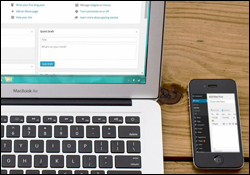
Is Your WordPress Site Optimized For Mobile Devices?
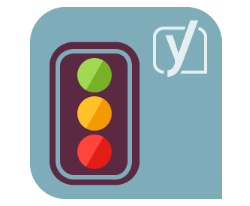
How To Optimize Your WordPress Site For Search Engines With Yoast SEO Plugin
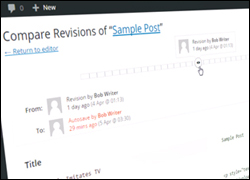
WordPress Plugins For Managing WordPress Post Revisions
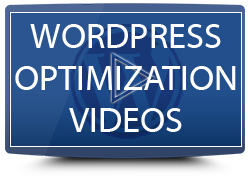
WordPress Optimization Video Tutorials
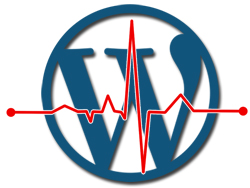
Monitor Website Health From Your WordPress Dashboard
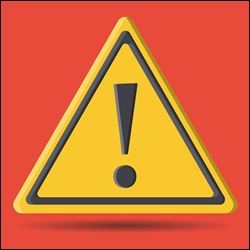
WP Total Audit – Find And Fix Common WordPress Errors
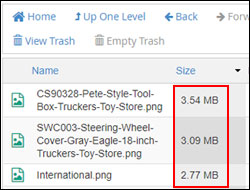
Using Images In WordPress – How To Reduce Image File Size In Your Server
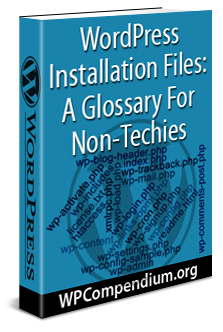
WordPress Installation Files: A Glossary For Non-Techies

WordPress Traffic Automation Blueprint – Part 5 (Optimization)
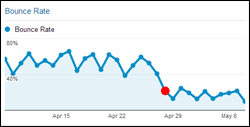
WordPress And Google Analytics – How To Reduce Bounce Rate
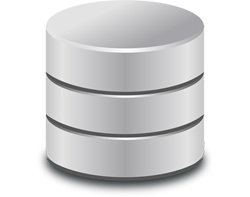
WordPress Database Management – Backup Your WordPress Database

How To Test Your WordPress Site’s Mobile Friendliness Using Google TestMySite
Free eCourse For WordPress Users
Enter your details in the form below to subscribe…
***
"Wow! I never knew there's so much to learn about WordPress! I bought one of the WordPress for Dummies three years ago, such authors need to be on this course!" - Rich Law, Create A Blog Now
